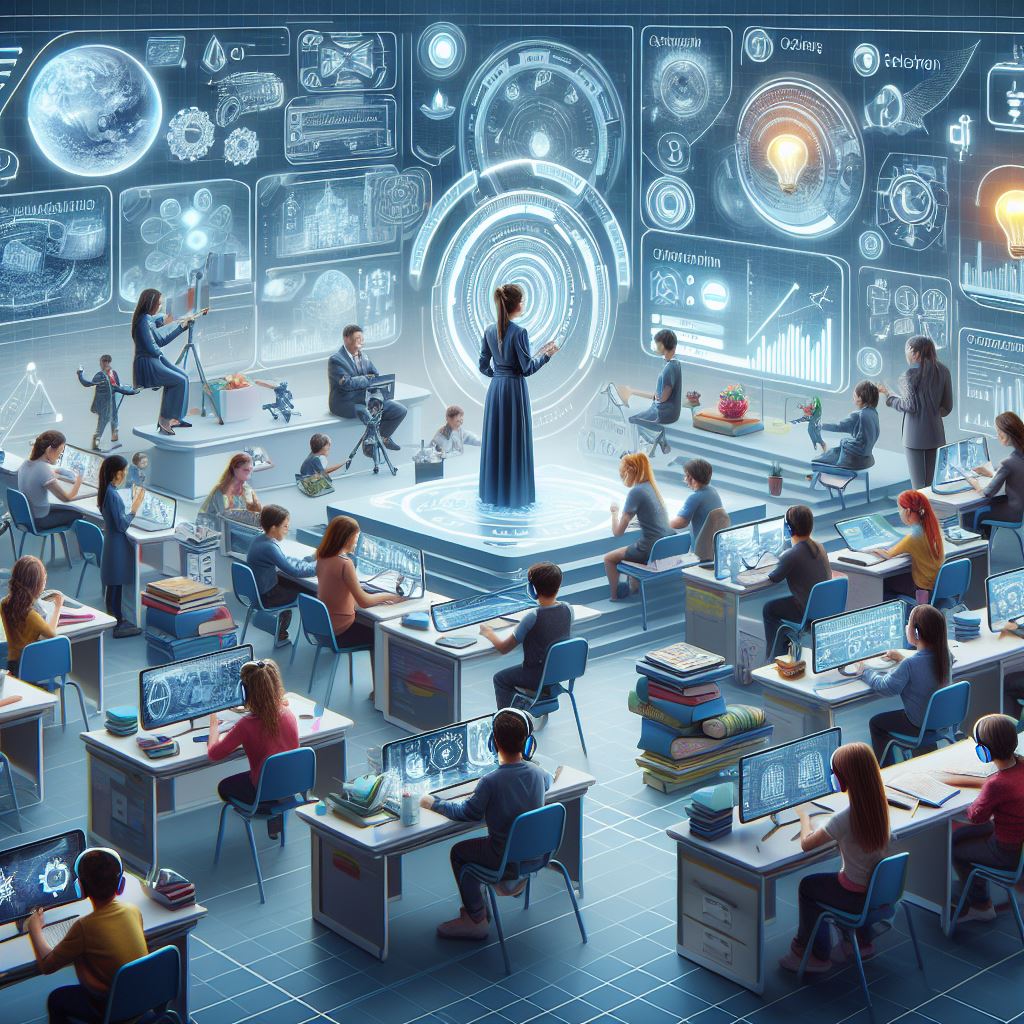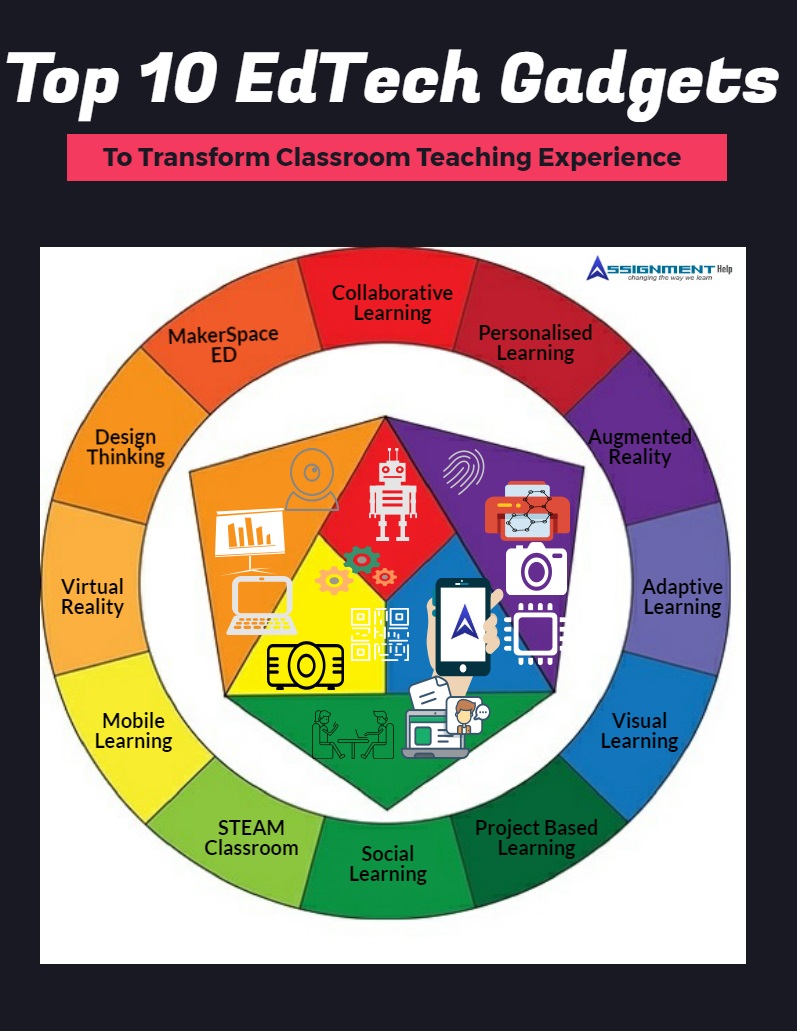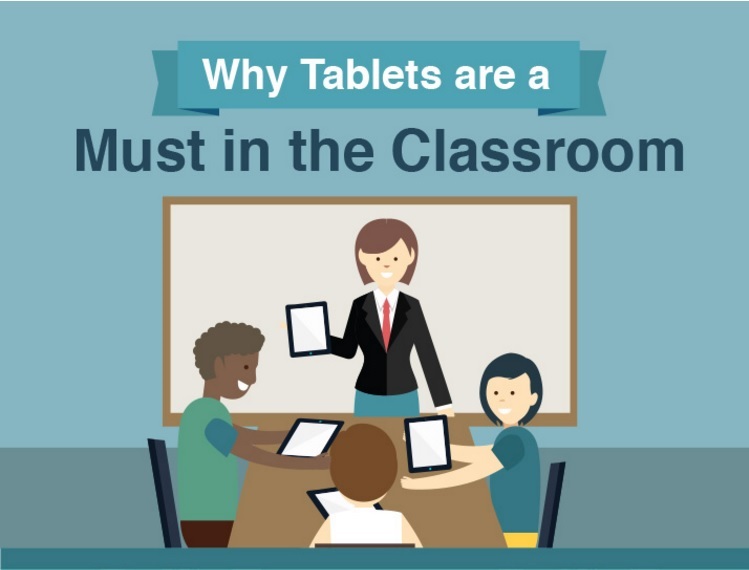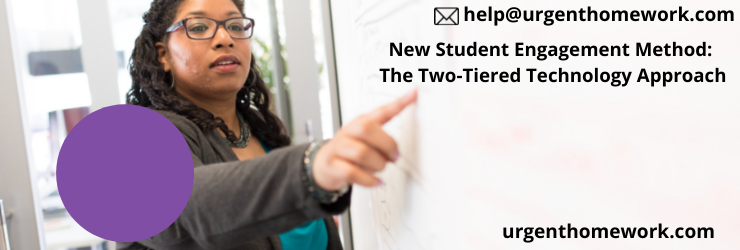In an era of rapid technological advancement, the boundaries between human interaction and artificial intelligence continue to blur. OpenAI’s ChatGPT, a cutting-edge language model, is breaking new ground by introducing voice and image capabilities. This significant update offers an exciting avenue for revolutionizing education, transforming the way teachers engage with students and paving the way for the future of classroom learning.
Voice and image capabilities mark a pivotal shift in the interface between users and AI. Now, users can seamlessly engage in voice conversations with ChatGPT, fostering a more intuitive and natural interaction. Additionally, the ability to share images allows users to visually communicate concepts, ideas, and problems, enhancing the depth and clarity of communication.
Enhancing Education with Voice Interaction:
Imagine a classroom where students can ask questions aloud and receive immediate, conversational responses from an AI like ChatGPT. This capability transcends the confines of traditional text-based communication, enabling a more dynamic and engaging learning environment. Students who may struggle with written communication can benefit immensely from voice interactions, fostering inclusivity and catering to diverse learning styles.
Visual Learning Amplified:
The integration of image capabilities opens up a world of possibilities in education. Teachers can share visual aids, diagrams, and educational materials directly with ChatGPT, enabling a more comprehensive understanding of complex subjects. For instance, in subjects like science or geography, students can upload images of experiments or maps, allowing ChatGPT to provide contextual explanations or answer queries based on visual input.
Personalized Learning Experience:
One of the most promising aspects of these capabilities is the potential for personalized education. ChatGPT’s voice and image features can adapt to individual learning paces and preferences. It can offer tailored explanations, recommend supplementary resources based on visual cues, and provide customized assistance to address specific student needs.
Impact on Teachers and Classroom Dynamics:
For educators, these advancements can alleviate some of the burdens associated with large class sizes. ChatGPT can assist in grading, provide additional support for struggling students, and free up teachers’ time to focus on higher-order tasks like personalized mentoring and curriculum development. Moreover, it fosters a collaborative learning environment where students and teachers can explore topics together, leveraging AI as a learning companion.
Future of Classroom Learning with GPTs and AI
The integration of voice and image capabilities in ChatGPT represents a significant step towards a more immersive and interactive classroom experience. As technology continues to evolve, we can anticipate further refinements and expansions, potentially integrating augmented reality or virtual simulations for a richer learning experience. The introduction of voice and image capabilities in ChatGPT heralds a transformative era in education technology. By harnessing the power of AI for more intuitive and personalized interactions, teachers can unlock new potentials in their teaching methodologies, creating dynamic, inclusive, and engaging learning environments.
Learning Enhancement in Classrooms using GPTs
- Interactive Lessons: Teachers can engage students in voice conversations, enabling more dynamic and interactive discussions about various subjects.
- Visual Learning Aids: Using the image capability, educators can illustrate concepts visually, making complex topics more accessible and engaging for students.
Teaching Support in Classrooms using GPTs
- Personalized Assistance: ChatGPT’s voice feature can aid in providing personalized guidance to students, offering additional support or explanations tailored to their needs.
- Adaptive Teaching: Teachers can create voice-based lessons or explain topics through images, catering to different learning styles among students.
Grading and Evaluation using GPTs in Classrooms
- Voice-Based Assessments: Teachers can design assessments or quizzes that involve voice interactions, allowing students to respond verbally to questions.
- Visual Analysis: Using the image feature, educators can evaluate visual projects or assignments, providing feedback directly related to visual content.
Course Development and Content Creation using GPTs in Classrooms
- Multimodal Content: Educators can create richer course materials by incorporating voice explanations or discussions into presentations or e-learning modules.
- Visual Resources: Utilizing images, teachers can curate visual resources to complement textual content, enhancing the depth and understanding of subjects.
Accessibility and Inclusivity in Classrooms of Future using GPTs
- Supporting Diverse Learners: Voice interactions and visual explanations accommodate different learning styles and assist students with disabilities.
- Personalized Assistance: Voice and image capabilities can support individualized learning plans, providing varied methods to cater to diverse student needs.
Innovative Teaching Strategies using GPTs and AI
- Engaging Activities: Teachers can design engaging activities where students use images to discuss real-life scenarios or historical events, fostering critical thinking skills.
- Interactive Learning: Voice interactions can facilitate role-play exercises, debates, or storytelling sessions, encouraging active participation among students.
The future of education is being reshaped by these innovations, and the journey has just begun. This update in ChatGPT’s capabilities holds immense potential for reshaping education, bringing in more interactivity, personalization, and inclusivity to the learning process.
By leveraging these voice and image capabilities in ChatGPT, educators can create more immersive, personalized, and interactive learning experiences. It empowers them to diversify teaching methodologies, accommodate various learning styles, and foster inclusive educational environments in their classrooms.



